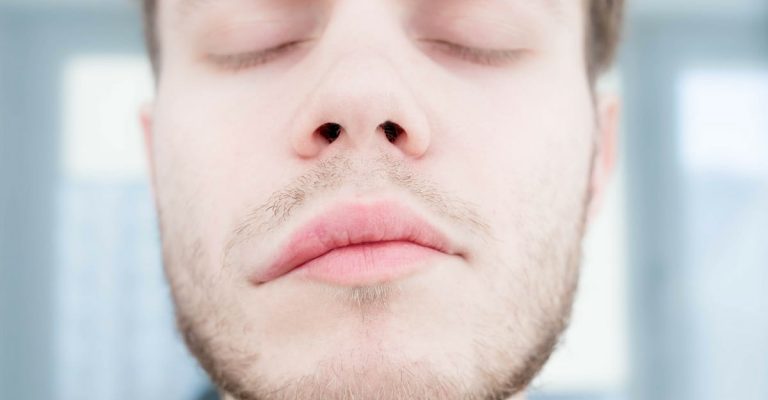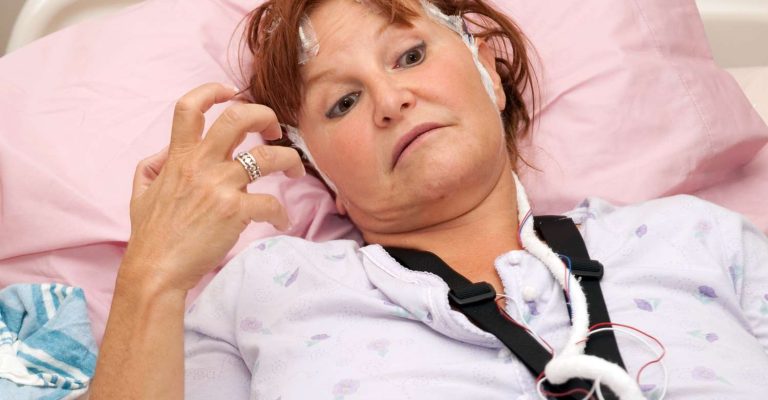
If you’ve had a stroke, you’re more likely to suffer a seizure. Your brain is harmed as a result of a stroke. Scar tissue forms as a consequence of brain damage, which disrupts electrical activity in your brain. Seizures may be caused by disrupting electrical activity.
Continue reading to discover more about the link between strokes and seizures.
Let’s define each to better comprehend the connection between seizures and stroke.
A stroke is a neurological damage caused by a clogged or burst cerebral artery. When a stroke happens, a brain region is deprived of oxygen-rich blood, which may result in tissue damage and other brain abnormalities.
Seizures are produced by erratic electrical activity in the brain. When a stroke causes scar tissue to form in the brain, it may impair the transmission of electrical activity between nerve cells, resulting in a seizure.
Seizures may appear in several ways. Changes in consciousness/awareness, cognitive or emotional changes (such as perplexity or worry), gazing, and involuntary jerky movements of the arms and legs are all signs of a seizure.
While having a stroke increases one’s chances of having a seizure, not all strokes are created equal. The following section will explain why certain strokes are more likely than others to result in a seizure.
Strokes are classified into three types: hemorrhagic, ischemic, and transient. Hemorrhagic strokes are caused by bleeding inside or around the brain. Ischemic strokes happen when there is a blood clot or a shortage of blood flow to the brain.
Seizures are more common in people who have had a hemorrhagic stroke than in those who have had an ischemic stroke. Seizures are also more likely if the stroke is severe or happens in your brain’s cerebral cortex.

Seizures are more likely to develop during the first 24 hours following the commencement of a stroke. On the other hand, seizures are typical in the first few weeks following a stroke.
Because every stroke is unique, seizure incidence varies widely from person to person. For example, some stroke survivors in our support group had their first seizure years after their stroke. This is classified as a very late-onset seizure.
After a stroke, there are usually two peaks in seizure incidence. The first normally happens on the first day, whereas the second happens between 6 and 12 months.
According to a recent meta-analysis of 102,008 stroke survivors, around 7% of people have seizures following a stroke. As a result, it is critical to comprehend the numerous elements that may lead to elevated seizure risk.
The following are some risk factors for post-stroke seizures:
Seizures are more prevalent after a hemorrhagic stroke (produced by a ruptured artery) than after an ischemic stroke (caused by a blocked artery).
The probability of having a seizure increases with the severity of the stroke.
The location of the stroke. Seizures are more likely to develop when a stroke affects numerous lobes of the brain rather than just one. Individuals who have had a cerebral cortex stroke are also more likely to have seizures.
Seizures occurred within 24 hours of the stroke in 58% of the children in this population-based cohort. In addition, stroke is the most prevalent cause of seizures in the elderly. This lends credence to the generalization that seizures are more prevalent in youngsters and those over the age of 65.
Furthermore, seizures after a stroke may not connect to the stroke. Some people, for example, are genetically prone to seizures.
Strokes are said to account for roughly 11% of all adult epilepsy cases and 45% of epilepsy cases in those over 60.
Post-stroke epilepsy is a neurological disease characterized by recurring seizures without a known aetiology.
A single seizure does not guarantee that you will develop post-stroke epilepsy. If a person experiences two or more unprovoked seizures after a stroke, they are more likely to be diagnosed with post-stroke epilepsy.
If you have reoccurring seizures after a stroke, get immediate medical treatment for an official diagnosis of post-stroke epilepsy.

Anti-epileptic medicines (AEDs, often known as anticonvulsants) are commonly used to treat post-stroke epilepsy, as is vagus nerve stimulation or surgery.
Numerous AEDs may help you manage post-stroke epilepsy by reducing seizure frequency and intensity. They function by modifying brain chemicals to lessen the excessive electrical activity that causes seizures. However, they may not be suitable for everyone due to various adverse effects, including sensations of drowsiness.
Seizures caused by a stroke may also be treated using a vagus nerve stimulator. It stimulates the nerves and prevents seizures by using electrical impulses.
If AEDs or vagus nerve stimulation are inadequate, a surgical procedure known as thermal ablation may be used. Thermal ablation employs laser technology to eliminate the overactive brain cells that cause seizures.
Seeing someone have a seizure may be a terrifying experience. Individuals may become unresponsive abruptly, with uncontrolled bodily motions and erratic eye movements. Knowing how to appropriately assist someone suffering a seizure after a stroke is crucial for their health and safety.
Stopping someone’s movement during a seizure will not halt the seizure. The seizure occurs in their brain rather than their body. Holding them immobile can only harm them and potentially you.
Follow the Epilepsy Society’s instructions to gently roll the client on their side and place them in a “recovery posture.”
Because people can’t regulate their jaw motions during a seizure, placing anything in their mouth is a big choking threat and may cause catastrophic oral injury.
If a seizure lasts more than 5 minutes, contact 911 right away.
Changes in the brain after a stroke might increase the likelihood of experiencing a seizure.
You may be at risk of repeating seizures and developing post-stroke epilepsy depending on how long after a stroke your seizure occurs. Fortunately, anti-epileptic medications, vagus nerve stimulation, and surgery may assist in successfully treating epilepsy following a stroke.